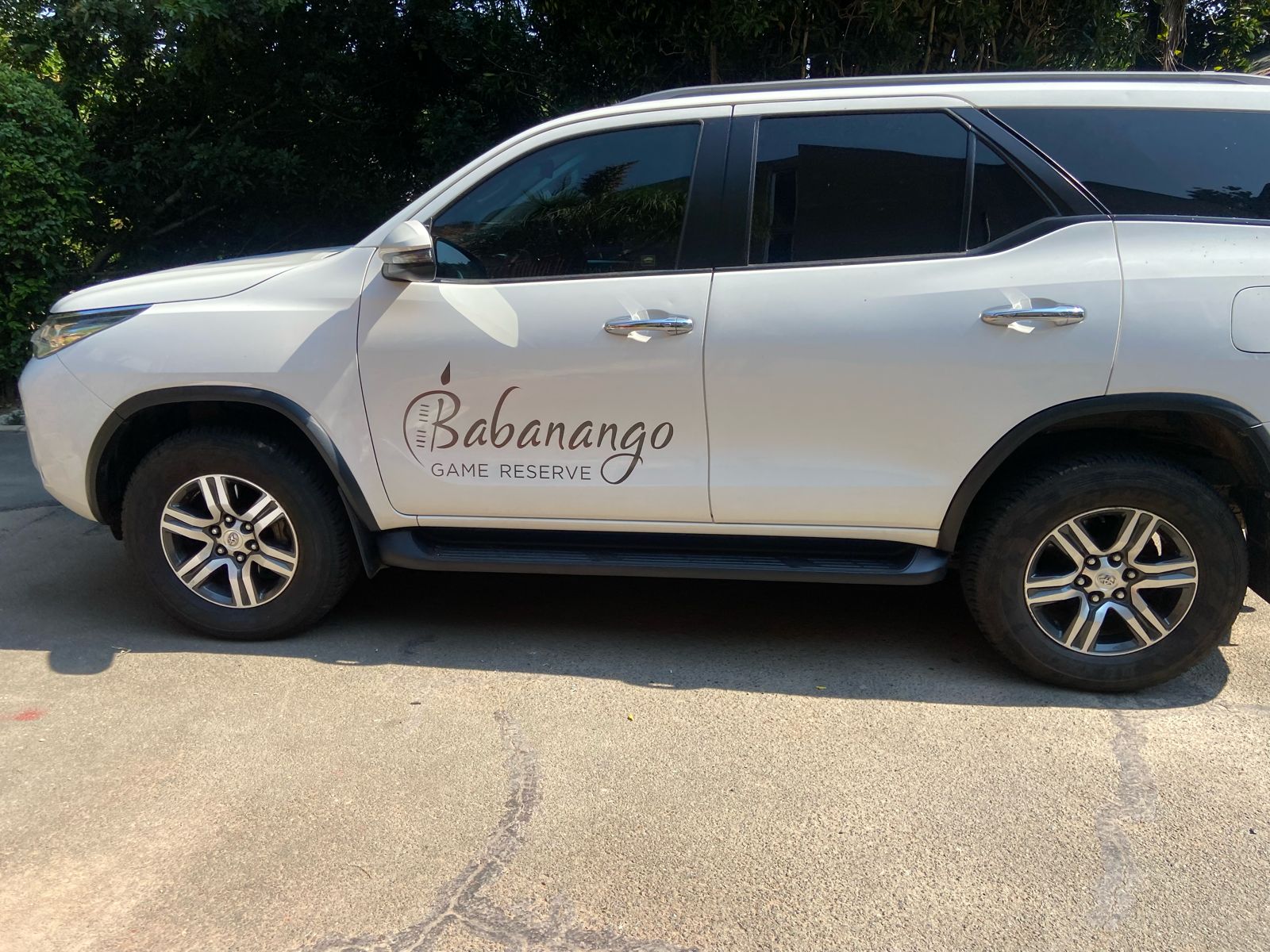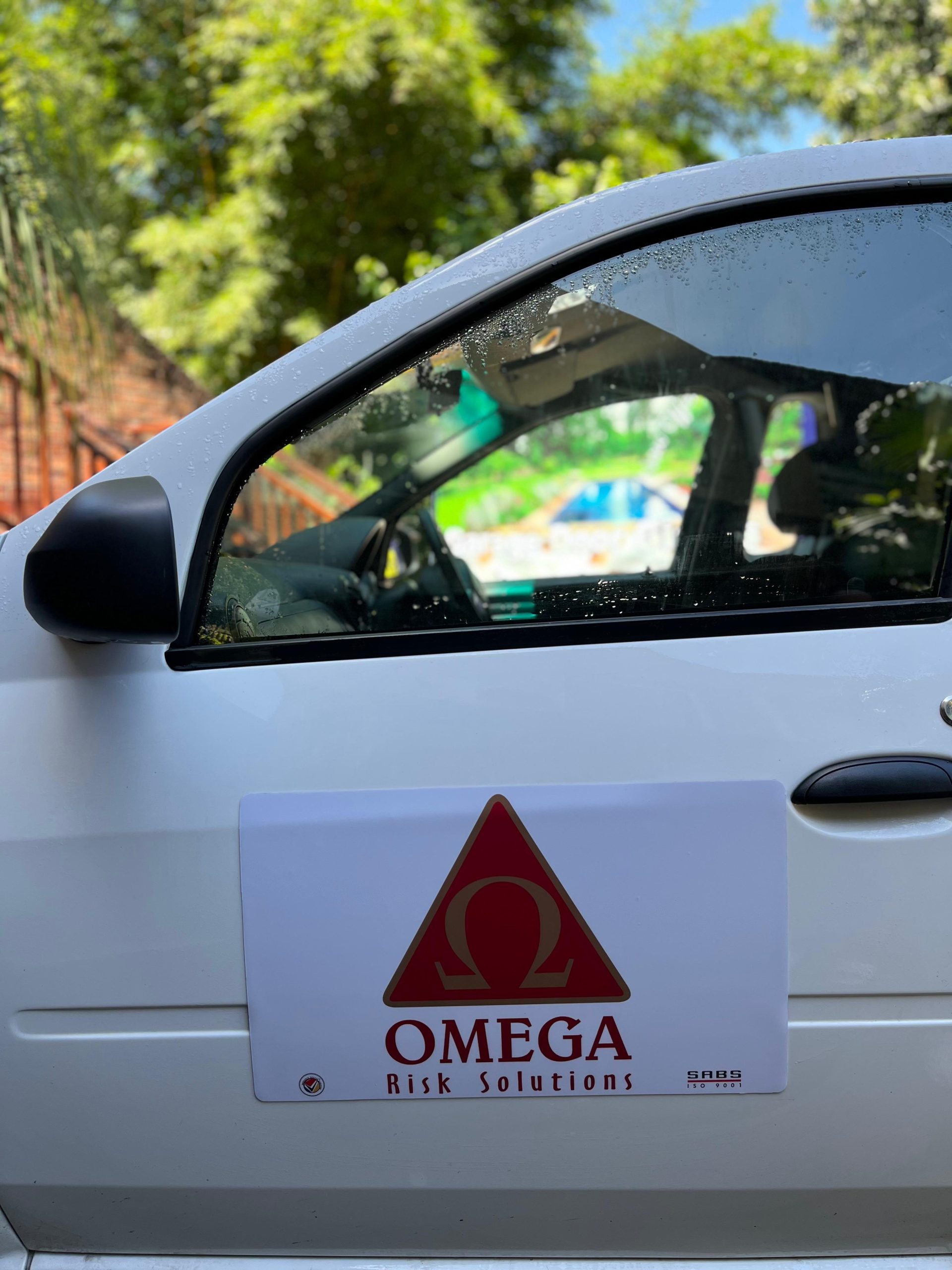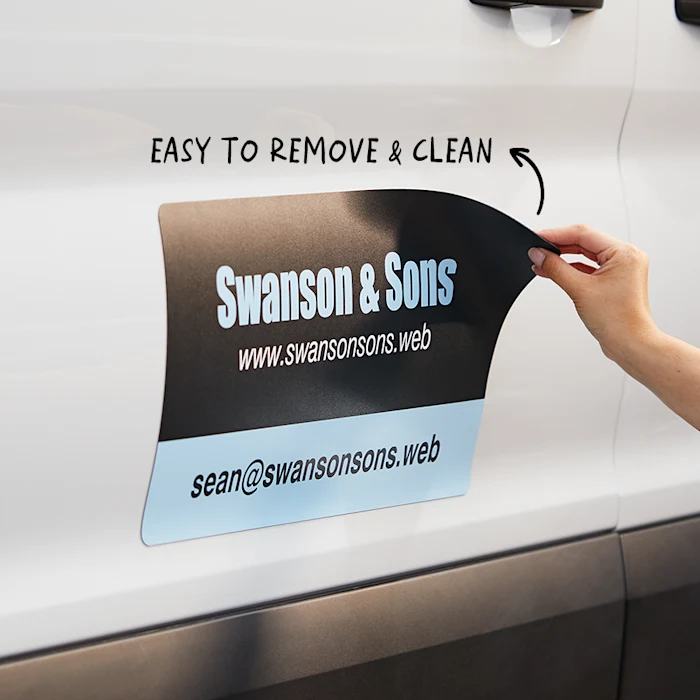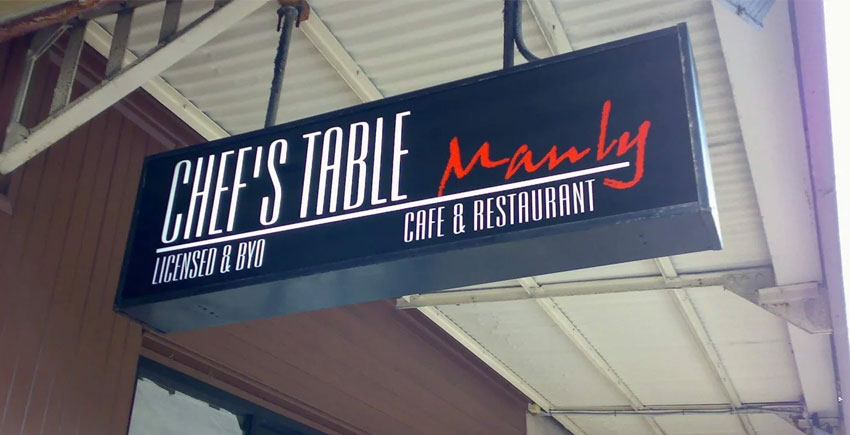Billboard advertising and trailer ads have become indispensable tools in the marketing strategies of businesses worldwide. With the ability to reach vast audiences, these advertising methods offer a unique blend of visibility and impact. Whether it’s the towering presence of a billboard on a busy highway or the mobile flexibility of a trailer ad, each approach presents distinct advantages for promoting brands, products, and services. This article delves into the various aspects of these advertising formats, focusing on the essential services, solutions, and options available for businesses looking to enhance their visibility.
The Evolution and Impact of Billboard Advertising
The Rise of Billboards: From Traditional to Digital
Billboards have been a staple of outdoor advertising for decades, evolving from simple hand-painted signs to the high-tech digital displays we see today. These large-scale advertisements are strategically placed in high-traffic areas, capturing the attention of passersby and creating a lasting impression. With the advent of digital technology, billboards now offer dynamic content that can be updated in real-time, making them more engaging and relevant.
- Digital and Conventional Billboards: While traditional billboards continue to be effective, digital billboards provide the added benefit of flexibility. Advertisers can display multiple messages in a single location, rotate content throughout the day, and even target specific audiences based on time and location.
Key Components of Effective Billboard Advertising
For billboard advertising to be successful, it must be designed and executed with precision. This involves several key components:
- Billboard Design and Installation Services: The design of a billboard is crucial to its effectiveness. It must be visually appealing, easy to read, and convey the intended message quickly. Professional design services ensure that the billboard stands out, while expert installation guarantees that it is securely placed in the optimal location.
- Billboard Printing and Custom Solutions: High-quality printing is essential for creating a clear and vibrant billboard that captures attention. Custom solutions allow businesses to tailor their billboards to specific needs, whether it’s incorporating unique shapes, sizes, or materials.
Trailer Advertising: Mobility Meets Visibility
The Advantages of Mobile Advertising Trailers
While billboards are stationary, mobile advertising trailers offer the flexibility to bring the advertisement to the target audience. These trailers can be strategically positioned at events, near shopping centres, or in high-traffic areas to maximise exposure.
- Mobile Advertising Trailer Solutions: These solutions provide businesses with the ability to take their message on the road. Whether it’s a static trailer parked in a busy area or a moving vehicle that travels through different locations, mobile advertising trailers offer unmatched versatility.
Customisation and Branding Opportunities
One of the significant advantages of trailer advertising is the ability to customise the trailer’s appearance to align with the brand’s identity.
- Trailer Advertising and Branding: Custom branding on trailers ensures that the advertisement is not only eye-catching but also consistent with the overall brand image. This can include everything from the colour scheme and logos to the messaging and design elements.
Trailer Billboard Sales and Rentals
For businesses looking to utilise trailer advertising, there are options to either purchase or rent these mobile billboards.
- Trailer Billboard Sales and Rentals: Purchasing a trailer billboard offers long-term advertising potential, allowing for repeated use across various campaigns. On the other hand, rentals provide a cost-effective solution for short-term needs or testing the effectiveness of trailer advertising without the commitment of ownership.
Comparing Billboard and Trailer Advertising
Reach and Visibility
Both billboard and trailer advertising offer extensive reach, but they do so in different ways. Billboards are fixed in high-traffic areas, making them ideal for consistent, long-term exposure. Trailer ads, however, can target specific locations and audiences, offering more personalised engagement.
Cost and Flexibility
The cost of billboard advertising can vary significantly depending on the location, size, and duration of the campaign. Digital billboards tend to be more expensive due to the technology involved, but they offer greater flexibility. Trailer ads, while potentially more cost-effective, require logistical planning to ensure they are seen by the intended audience.
Customisation and Creative Control
Both formats allow for creative customisation, but trailer ads offer more control over where and when the advertisement is displayed. This can be particularly beneficial for businesses targeting specific events or regions.
Best Practices for Billboard and Trailer Advertising
Understanding Your Audience
The success of any advertising campaign hinges on understanding the target audience. This includes knowing where they are likely to be, what messages resonate with them, and how best to capture their attention. For billboard advertising, this might mean selecting a location with high visibility to your target demographic. For trailer ads, it could involve choosing routes or events where your audience is most likely to be present.
Designing for Impact
Whether it’s a billboard or a trailer ad, the design must be both visually appealing and easy to comprehend. Simplicity is often key, with bold text, striking images, and a clear call to action being essential elements. For billboards, the design should be easily readable from a distance, while trailer ads should consider how the design will look both up close and in motion.
Strategic Placement and Timing
The placement of a billboard or trailer ad can significantly affect its impact. For billboards, high-traffic areas such as highways, city centres, and shopping districts are ideal. Trailer ads should be placed in areas where the target audience is most likely to be, or used in motion through busy streets, at events, or in areas with limited billboard space.
Regular Updates and Maintenance
For billboard advertising, especially digital ones, keeping the content fresh and relevant is crucial. Regular updates prevent the advertisement from becoming stale and help maintain audience interest. Trailer ads should also be regularly maintained to ensure the graphics remain vibrant and the vehicle is in good working order.
Conclusion: Choosing the Right Advertising Strategy
When it comes to outdoor advertising, both billboard and trailer ads offer unique advantages. The choice between the two will depend on factors such as budget, target audience, and campaign objectives. Billboard advertising is ideal for businesses looking for consistent, long-term visibility in high-traffic areas, while trailer ads offer a more flexible and mobile solution, allowing for targeted engagement with specific audiences.
By understanding the strengths and limitations of each format, businesses can craft a more effective advertising strategy that maximises their reach and impact. Whether opting for the towering presence of a billboard or the dynamic mobility of a trailer ad, the key to success lies in thoughtful planning, strategic placement, and creative design.



